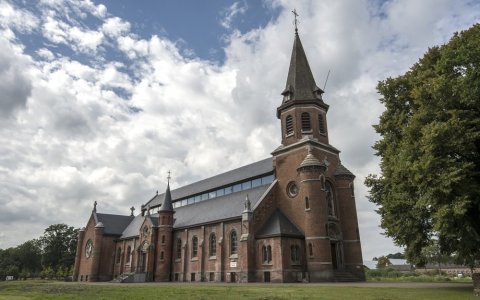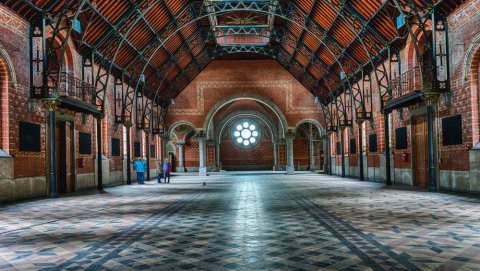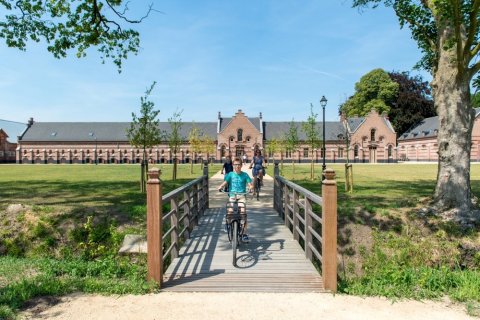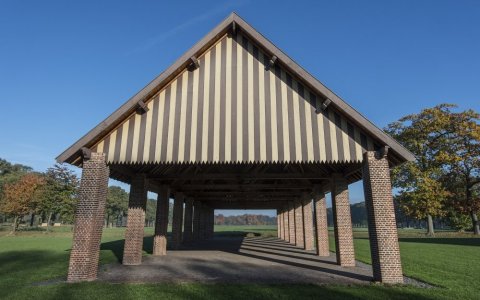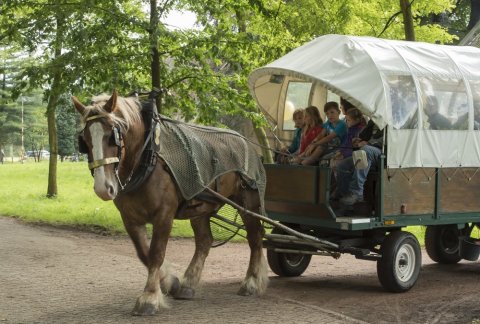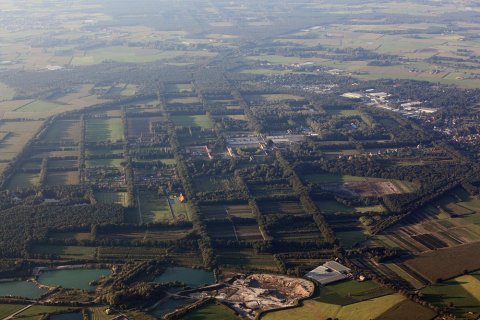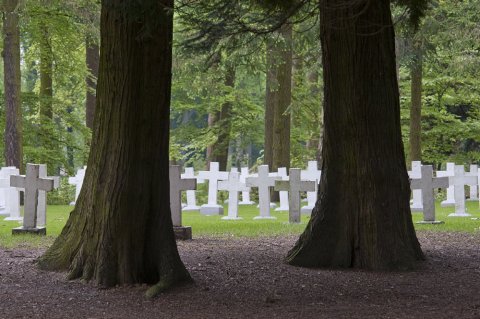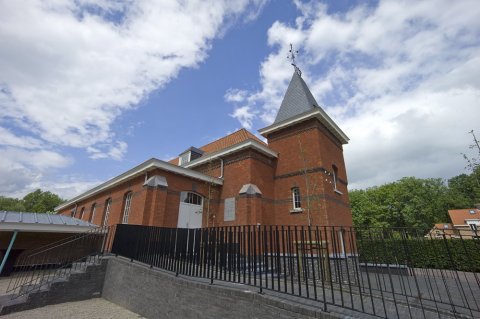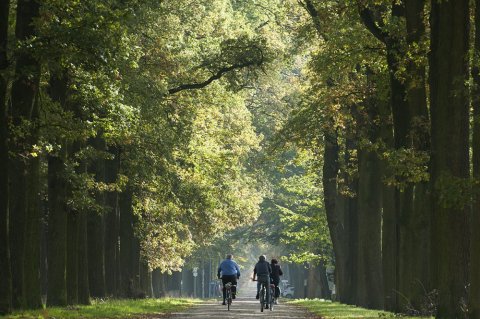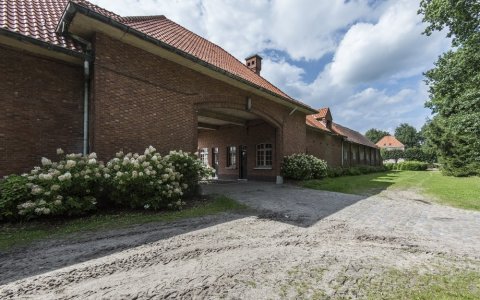Merksplas Colony
Wander through the stately avenues of this former vagrants’ colony. Unfree Colony
In 1823, one year after the opening of Wortel Colony in Hoogstraten, the colony of Merksplas took shape. Here, vagrants were obliged here to work the land in order to improve their work ethic. The strict order and discipline that prevailed at the time is still reflected in the landscape by the enormous avenues and stately architecture. These were designed at the end of the 19th century by the architect Victor Besme. Here you will find Grote Hoeve, a farm complex with several buildings and open barns. Next to it is the monumental vagrants’ chapel with its special glazed opening in the roof.
In 1993, this system came to an end when the law against vagrancy in Belgium was abolished. The extensive domain was at risk of being fragmented and disappearing altogether. Fortunately, Merksplas Colony is protected today, so that cyclists and hikers can continue to enjoy this unique landscape.
Plan your visit on www.kolonie57.be
The role of Kempens Landschap
Kempens Landschap is highly involved in the development of Merksplas Colony. Thus, we follow up the step-by-step restoration of Grote Hoeve and the Landloperskapel (vagrants’ chapel), which are property of the municipality of Merksplas. In the former swinery of Grote Hoeve, a visitors’ centre will soon open that is to serve as the gateway to Wortel and Merksplas Colony.
Through all kinds of (subsidised) projects Kempens Landschap ensures that the Colonies will gradually evolve into an attractive tourist area. Moreover, together with a number of partners, Kempens Landschap is working to get the Flemish and Dutch Colonies of Benevolence on the UNESCO World Heritage list. On 20 January 2017, the transnational dossier was handed over to the World Heritage Committee in Paris.
For more information, see www.kolonienvanweldadigheid.eu.
Be sure to visit the domain of Wortel Colony as well!
Kapelstraat 10
2330 Merksplas


